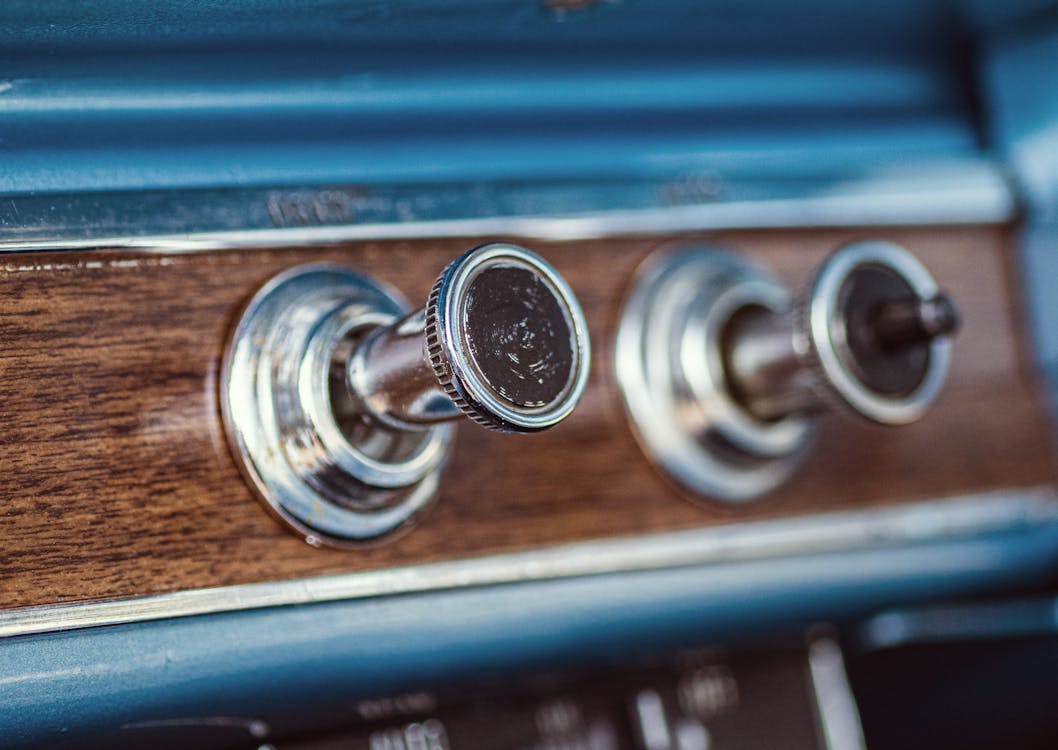
For the past decade, car insides have actually been rapidly evolving towards sleek, screen-dominated control board. Touchscreens replaced typical knobs, sliders, and switches in what many thought was the unavoidable march of progress. Yet, in an unforeseen twist, physical buttons are silently making their way back into modern-day cars. The change signals more than just a nostalgic nod-- it's an action to real-world responses from chauffeurs desire simplicity, security, and responsive complete satisfaction.
The Digital Overload Dilemma
When touchscreens initially started taking over control panels, they seemed like the future: tidy, customizable, and loaded with features. They got rid of mess and allowed automakers to enhance their insides with less physical parts. Yet as more features were buried within digital menus, motorists began to articulate worries.
Touchscreens often require multiple steps to perform basic tasks like adjusting the climate or changing the radio station. Unlike switches, they do not have the instinctive muscular tissue memory that permits a vehicle driver to transform a setup without taking their eyes off the roadway. With so much happening on-screen, it becomes all too very easy to obtain distracted-- something no one desires when taking a trip at highway speeds.
The Return of Tactile Functionality
Among the largest benefits of buttons is their tactile responses. You can feel them without requiring to look. This sensory reinforcement makes them not just convenient yet much safer for chauffeurs. When your hand instinctively recognizes where the volume handle is or exactly how far to press a button to activate the defrost, it lowers the requirement to glance down or far from the road. And while touchscreens supply comfort for infotainment and navigating, the crucial everyday features-- like risk lights, audio controls, and HVAC-- feel better fit to physical controls.
In fact, lots of chauffeurs that previously spoke highly of digital systems have shared gratitude for more recent models that mix modern-day looks with the useful feeling of traditional controls. It's not regarding denying development-- it's regarding boosting usability.
A Balanced Design Philosophy
Designers have noticed this changing sentiment. Rather than deserting screens, they're reconsidering exactly how they're incorporated. The most effective insides now strike a balance between digital flexibility and analog precision. That indicates purposefully positioning switches for essential functions while using digital user interfaces for applications, navigating, and media.
This hybrid strategy is particularly preferred in vehicles designed for long-distance driving or families. The ease of pressing a switch without messing up with a food selection makes a large distinction when you're trying to stay concentrated, comfy, and risk-free. Even in vehicles recognized for sophisticated technology, a basic rotary dial or tactile control can be the attribute that sways chauffeurs searching for thoughtful design.
Buttons and the Emotional Connection
There's additionally something distinctively emotional concerning buttons. They bring a certain degree of engagement that touchscreens simply don't replicate. Pushing a button or transforming a dial feels like you're literally communicating with your automobile-- it adds a layer of link that makes the driving experience more delightful.
For those thinking about used Chevy cars, vehicles from recent years usually provide the most effective of both worlds: responsive touch user interfaces coupled with classic physical controls. These designs bridge the gap in between development and experience, making them excellent for chauffeurs who value modern-day attributes without sacrificing ease of check out here use.
Innovation Isn't Just About Screens
It's very easy to merge modern technology with screens, however true technology implies boosting the driver experience. In this light, buttons are a kind of smart layout. They're quickly, precise, and do not require focus. As auto style ends up being progressively driver-centric, comfort and intuitiveness take spotlight.
This additionally connections directly right into the resale and trade-in worth of automobiles. Autos that focus on user-friendly attributes have a tendency to age better in the eyes of future customers. If you're taking into consideration a Chevrolet trade in, knowing that your current lorry uses a thoughtfully created interior, total with conveniently available controls, can have a favorable impact.
The Future Is Functional
As vehicle manufacturers re-evaluate the function of user interfaces in the cabin, they're assisted by vehicle driver feedback and real-world usability researches. The renewal of buttons doesn't signify a return to the past-- it's an advance in thoughtful, user-first layout. It acknowledges that progression doesn't always indicate eliminating the old but integrating it in a way that makes driving safer, simpler, and much more satisfying.
If you're in the marketplace and checking out Chevy new car deals, watch on just how various versions handle their interior controls. It's not nearly the touchscreen dimension-- it's regarding exactly how the car helps you remain concentrated on the road while making your day-to-day commute extra user-friendly. Buttons might not be the flashiest attribute, but they're promptly turning into one of the most valued.
For more insights right into automobile fads, interior design innovations, and clever cars and truck shopping pointers, be sure to examine back on a regular basis. We're always upgrading the blog site with fresh ideas to assist you browse the roadway ahead.